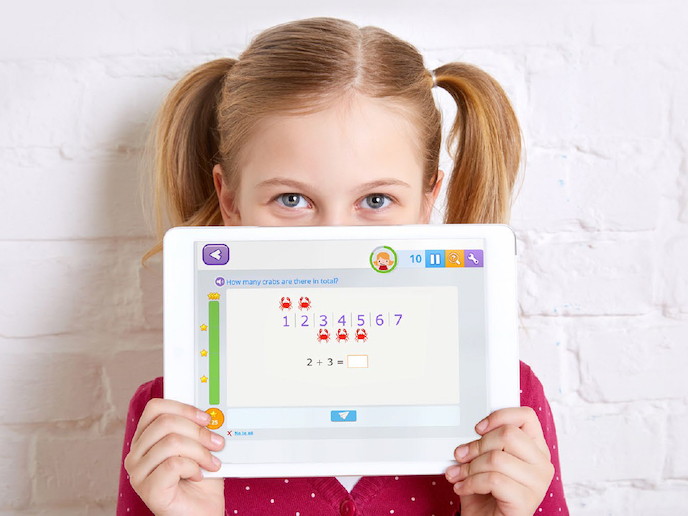Boosting maths learning through cognitive training
Maths skills are in high demand but short supply. This puts Europe at a competitive disadvantage against the US and Asia, where students are learning the skills that today’s high-skilled jobs demand. One company helping to bridge this gap is Smartick, a popular online method for learning mathematics geared to children ages four to 14. The method has children playing interactive maths games on their computers or tablets for 15 minutes a day. A key innovation is that the games continuously adapt to the student’s current skill level and support the learning process with positive reinforcement. Ready to take its method to the next level, and with the support of the EU-funded SMARTICK project, Smartick(opens in new window) has integrated a cognitive training feature into the learning method. “In this project, we set out to demonstrate that cognitive training – provided through online games – contributes to a student’s learning of maths,” says project coordinator Daniel González de Vega. “In other words, students learn more maths when teachers combine mathematical learning with cognitive training.” A smart choice In this project, researchers wanted to measure the benefits of adding cognitive training (Smartick Brain) to learning mathematics (Smartick). To do this, they designed an online cognitive training platform that includes 12 unique games, each of which is specifically designed to build such cognitive skills as attention, memory, and reasoning. These integrations were then tested and validated in a study that ran for three months and involved 447 students at a school in Madrid, Spain. In the study, one group of students was presented the new cognitive games as a continuation of their standard mathematics lessons (Smartick Brain + Smartick), while another group only trained in mathematics (Smartick). There was also a third group that did not receive any training (control). What researchers found was that the students who used both Smartick Brain and Smartick improved more than those who just used Smartick or those in the control group. “Furthermore, the students that used Smartick improved more than those that did not use the online learning method,” adds González de Vega. “Additionally, the more sessions they completed, the more their grades improved in mathematics.” González de Vega notes that the tests did show certain nuances in relation to age and gender. For example, Smartick Brain seems to primarily affect younger students, with improvements being more evident in second and third grade than those in fifth grade. Likewise, although all children using Smartick Brain and Smartick saw improvement, the improvement was somewhat less pronounced in girls. “Improving education with the help of technology is at the core of who we are as a company,” says González de Vega. “These tests confirm this belief, demonstrating the enormous advantages that technology and gamification bring to the learning of mathematics.” Expanding into new markets Smartick Brain is now well-positioned to enter new markets in both Europe and Latin America, and in doing so, help millions of kids learn maths. “Thanks to EU support, Smartick can boost our growth to reach over 500 000 clients and generate EUR 100 million in revenue in four years, thus fulfilling our potential as one of Europe’s high-growth companies,” says González de Vega.







